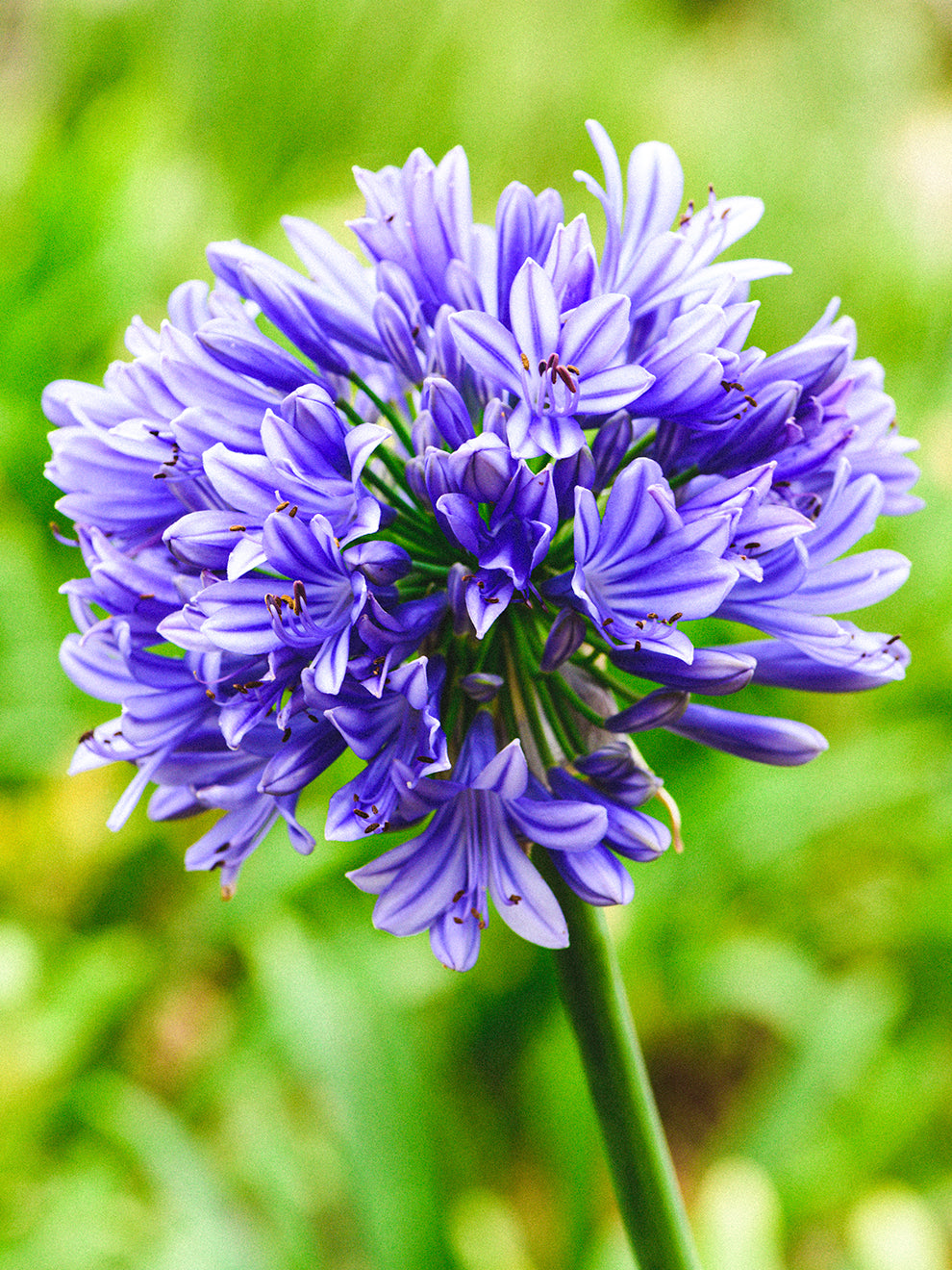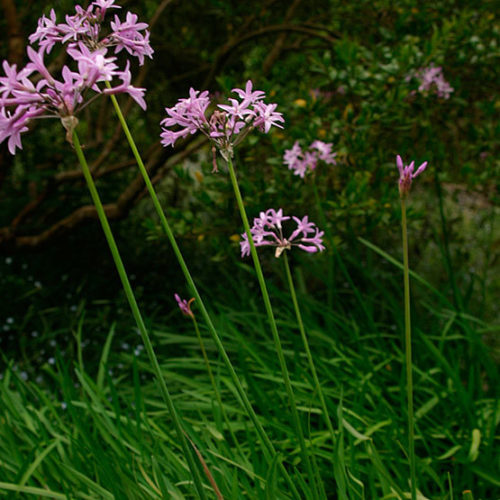Seasonal Agapanthus Treatment: Getting Ready For Winter Season and Summertime
Seasonal Agapanthus Treatment: Getting Ready For Winter Season and Summertime
Blog Article
Mastering the Art of Agapanthus Treatment: Crucial Steps for Healthy And Balanced Growth and Lively Flowers
In the realm of cultivation, the cultivation of agapanthus stands as a gratifying venture for those that look for to support these sophisticated blooming plants. With their striking flowers and elegant vegetation, agapanthus has actually caught the interest of garden enthusiasts worldwide. Nevertheless, accomplishing optimum development and vibrant blossoms requires a nuanced approach that incorporates various vital steps. From selecting the best variety to understanding trimming strategies, the trip towards growing growing agapanthus plants is complex and holds the crucial to opening the complete capacity of these herb gems.

Selecting the Right Agapanthus Range

When choosing the ideal Agapanthus selection for your yard, take into consideration elements such as climate suitability, bloom shade, and growth practice. Agapanthus, generally referred to as Lily of the Nile or African lily, can be found in a selection of colors ranging from shades of blue and purple to white. Select a flower color that matches your existing garden scheme to produce a harmonious landscape. Additionally, consider the climate in your area to make sure the Agapanthus range you select can grow in your details conditions. Some selections are more tolerant of cold temperature levels, while others favor warmer climates. Understanding the growth practice of different Agapanthus selections is critical for appropriate placement within your yard. Some varieties have a clumping growth routine, ideal for borders or containers, while others have an even more spreading nature, ideal for ground cover or mass growings. By carefully examining these aspects, you can choose the best Agapanthus variety to boost the elegance of your yard.
Perfect Growing Problems
Considering the optimal environmental demands is essential for successful Agapanthus cultivation. Agapanthus plants are sensitive to cold temperatures and ought to be secured from frost during wintertime months.
To make sure healthy and balanced development and vibrant blooms, plant Agapanthus light bulbs at a deepness of about 2-4 inches and area them 8-12 inches apart. Adding raw material, such as garden compost, to the dirt can enhance drain and fertility, promoting robust root advancement. Mulching around the base of the plants assists keep wetness and suppresses weed growth. Routine watering is important, specifically during the growing period, to keep the dirt constantly damp yet not saturated.
Watering and Feeding Tips
Preserving proper dampness degrees and supplying vital nutrients are crucial elements in the care regimen for Agapanthus plants. When it comes to sprinkling Agapanthus, it is essential to strike an equilibrium. These plants like blog here consistently wet soil but are prone to root rot if overwatered. Throughout the expanding period, water deeply once a week, ensuring the soil is well-draining to stop waterlogging. In hotter environments or throughout periods of drought, more frequent watering might be required to maintain the soil uniformly moist. However, lower watering in the winter to avoid water logged conditions.
Feeding Agapanthus is vital for advertising healthy growth and prolific blooms. Use a well balanced plant food, such as a 10-10-10 formula, in the early spring as new growth emerges. By complying with these watering and feeding ideas, you can ensure your Agapanthus plants prosper and create right here lively, resilient flowers.
Trimming Strategies for Agapanthus
Trimming Agapanthus plants at the ideal times and with correct strategies is vital for maintaining their health and wellness and promoting ideal development and blooming. The excellent time to trim Agapanthus remains in late winter season or early springtime prior to brand-new development arises. Start by eliminating any official website kind of dead or yellowing leaves near the base of the plant. Cut them as short as possible without damaging the emerging shoots.
Deadheading spent blossoms can also reroute the plant's energy right into producing even more flowers instead than establishing seeds. If you want to accumulate seeds for propagation, leave some blossoms to dry and mature on the plant.
Bear in mind to use tidy, sharp tools to make precise cuts and lower the danger of introducing conditions. Agapanthus. Routine trimming will help maintain your Agapanthus looking healthy and cool while guaranteeing an abundant display screen of attractive flowers
Managing Usual Insects and Illness
After ensuring proper pruning strategies for Agapanthus, it is crucial to deal with typical pests and diseases that can impact the health and wellness and vigor of these plants. One usual bug that impacts Agapanthus is the Agapanthus gall midget.
An additional usual concern is fungal fallen leave spot, which provides as dark lesions on the fallen leaves. To protect against fungal conditions, ensure great air flow around the plants, prevent overhead watering, and get rid of any contaminated leaves quickly. Additionally, Agapanthus plants can experience from root rot if they are grown in improperly draining pipes soil. To stop this, plant Agapanthus in well-draining soil and stay clear of overwatering. By being vigilant and taking timely activity against insects and illness, you can assist your Agapanthus plants flourish and create dynamic blooms.

Verdict
To conclude, mastering the art of agapanthus care involves picking the right selection, providing suitable growing problems, proper watering and feeding, ideal trimming strategies, and resolving typical parasites and conditions. By following these necessary actions, you can make sure healthy and balanced development and vibrant flowers for your agapanthus plants. Keep in mind to consistently check and keep your plants to advertise their general health and long life.
To make certain healthy growth and vivid blooms, plant Agapanthus bulbs at a deepness of about 2-4 inches and room them 8-12 inches apart. By adhering to these watering and feeding tips, you can guarantee your Agapanthus plants grow and create dynamic, lasting flowers.
One common parasite that impacts Agapanthus is the Agapanthus gall midge. In addition, Agapanthus plants can experience from root rot if they are planted in poorly draining pipes dirt. By following these vital actions, you can guarantee healthy and balanced development and vibrant flowers for your agapanthus plants.
Report this page